Physics Heroes & Heroines, Continued
Last week, science and astronomy fans around the globe were excited to see the very first image of a black hole. Among the team members and contributors to this triumph of image processing algorithms (something we know a bit about here at Radiant) were Sheperd Doeleman, Katie Bouman, Andrew Chael, Shoko Koyama, Jose L. Gomez, Michael Johnson, Mareki Honma, and many others.
To create the image, eight petabytes of data from eight radio telescopes around the world (collectively known as the Event Horizon Telescope) was combined and sorted. One algorithm (based on MRI technology) was used to "stitch together" multiple photos from the different telescopes, and an algorithm called CHIRP (Continuous High-resolution Image Reconstruction using Patch priors) was used to sort through the data. CHIRP is a Bayesian algorithm to perform a deconvolution on images created in radio astronomy, and was written by Dr. Bouman.
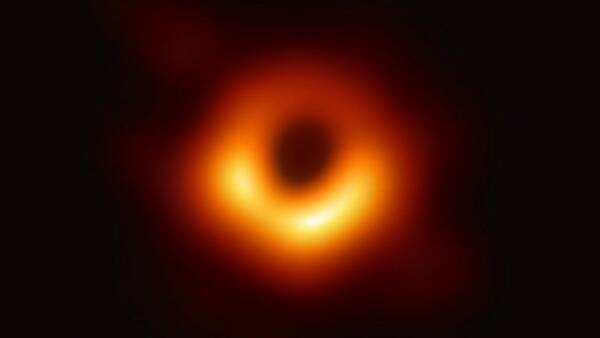
The Event Horizon Telescope’s image of the black hole at the center of Messier 87, a large galaxy in the Virgo cluster. This black hole resides 55 million light-years from Earth and has a mass 6.5 billion times that of the sun.
In honor of this landmark in astrophysics, we continue our series on Radiant's Physics Heroes & Heroines.
Sir Isaac Newton
English physicist, astronomer, philosopher, and mathematician Sir Isaac Newton is considered one of the most significant figures in the history of science, having contributed to the development of many core principles of modern physics. He was a professor at Trinity College, Cambridge.
Newton's first major public scientific achievement was designing and constructing the reflecting telescope in 1668. He used the telescope to study optics and to prove his theory of light and color. He showed that sunlight (white light) was a composite of all colors of the spectrum.
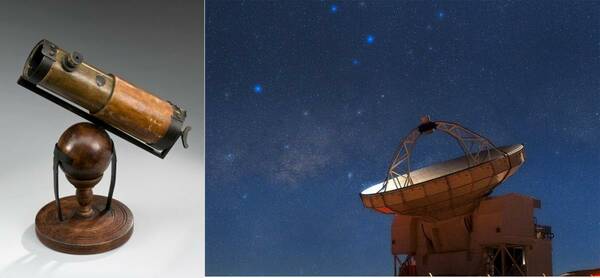
Newton's reflecting telescope (left); and the Atacama Pathfinder Experiment (APEX) radio telescope in northern Chile (right), part of the original eight of the Event Horizon Telescope array. (Photo credits: Newton's telescope image from Science Museum Group collection via Creative Commons Attribution-NonCommercial-ShareAlike 4.0 Licence; APEX image from ESO/B. Tafreshi/TWAN/Wikimedia Commons)
In 1687, Newton published his most acclaimed work, Philosophiae Naturalis Principia Mathematica (Mathematical Principles of Natural Philosophy), which has been called the single most influential book on physics. In it, he explained the universal Three Laws of Motion, validated the heliocentric model of our solar system, and put forth the theory of gravity (initially inspired by seeing an apple fall from a tree).
Principia laid the foundations of classical mechanics and made Newton a key figure in the Scientific Revolution. In 1705, he was knighted by Queen Anne of England. He died in 1727.
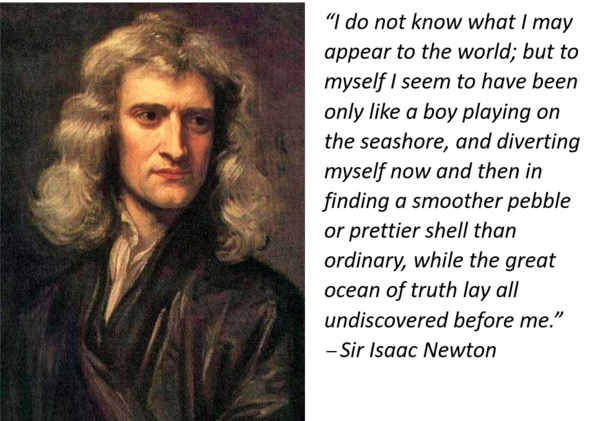
Portrait of Newton by Godfrey Keller, 1689
Michael Faraday
Born into a poor English family, Michael Faraday received only a basic education. Apprenticed to a bookbinder at 14, he snatched the opportunity to read about a wide range of scientific topics. Renowned chemist Humphrey Davy hired Faraday in 1812 as his assistant at the Royal Institution, where Faraday learned concepts of advanced chemistry, atomic theory, and atomic bonding.
His ongoing research produced a series of firsts: generating electric current from a magnetic field, inventing the electric motor and dynamo, and developing a theory of electrochemistry. He explored the effect of magnetism on light, and, while working to improve the quality of optical glass for telescopes, he produced glass with a very high refractive index, leading to the discovery of diamagnetism.
He published a treatise on electromagnetic rotation (the principle behind the electric motor) and discovered electromagnetic induction, the principle behind the electric transformer and generator, which opened the door for electricity to be used in a vast range of applications. He died in 1867.
Faraday helped define electrical vocabulary, coining terms such as ‘electrode’, ‘cathode’, and ‘ion’. His work formed a basis for James Clerk Maxwell’s classical electromagnetic field theory. In his honor, the name ‘farad’ was given to a unit of electrical charge (now used for units of electrical capacitance).
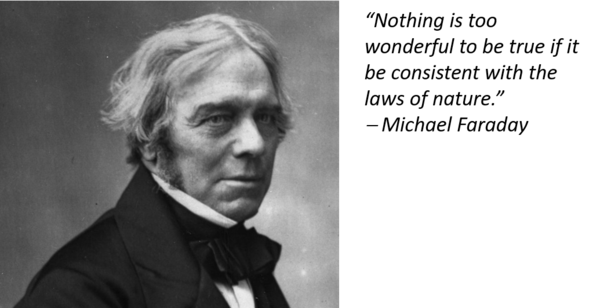
(Photo credit: The Faraday Institute)
Max Planck
Max Karl Ernst Ludwig Planck is best known for the eponymous Planck’s constant (h), which describes the behavior of waves and particles—including particles of light—on the atomic scale. He was born in Kiel, Germany, on April 23, 1858, and was a professor at Berlin University.
Planck's earliest work was on thermodynamics, entropy, thermoelectricity, and the theory of dilute solutions. He was commissioned to help electric companies develop brighter lightbulbs that used less energy. In this work involving radiation processes, he postulated that electromagnetic energy could only be emitted in discrete units, or quanta, and is related to the frequency of its electromagnetic wave; this mathematical relationship is now called Planck's constant.
Planck’s theory marked a turning point in scientific history and is regarded as the birth of quantum physics. It accounted for many discrepancies between observed electromagnetic phenomena and classical theory, laying groundwork for the development of quantum theory. Among later applications, Plank’s work contributed to Einstein's explanation of the photoelectric effect.
Planck was awarded the Nobel Prize in Physics in 1919 and served as President of the Kaiser Wilhelm Society for the Promotion of Science. Following his death in 1947, the organization was renamed The Max Planck Society; it has become Germany’s leading research organization, producing 18 Nobel Prize winners.
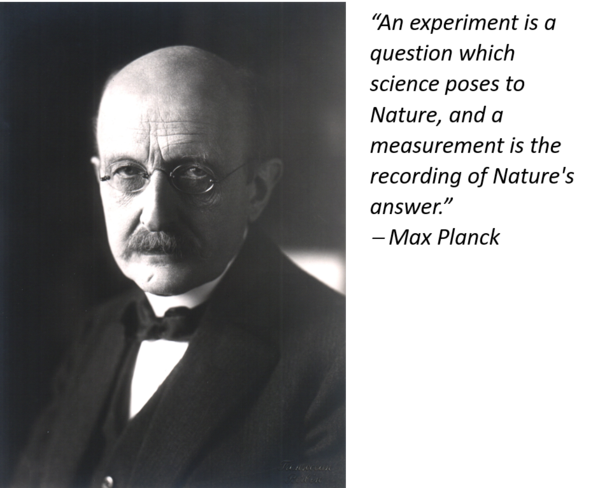
More Image Processing
It's not quite the same as imaging black holes in space, but in the arena of automated visual inspection, we do plenty of image processing here at Radiant. Our ProMetric® and TrueTest™ software packages are designed for test and analysis of high-resolution images for light & display test and measurement, surface inspection and glass and particle inspection applications. Offering a suite of tests and analysis algorithms, these software products combine with a Radiant ProMetric Imaging Photometer or Colorimeter to provide a complete solution to accomplish specialized testing and calibration tasks in R&D, production line, or in-field environments.
Join Mailing List
Stay up to date on our latest products, blog content, and events.
Join our Mailing List
